How to Fix Corrupted External Hard Drive Without Formatting
- Home
- Support
- Tips Data Recovery
- How to Fix Corrupted External Hard Drive Without Formatting
Summary
The article discusses common issues that can lead to data corruption on external hard drives. These issues include improper usage habits such as unplugging the drive without ejecting it properly, malware infestations that can corrupt or delete data, and the accumulation of bad blocks which are damaged sectors on the hard drive. Understanding these problems can help users prevent data corruption and maintain the integrity of their external hard drives.
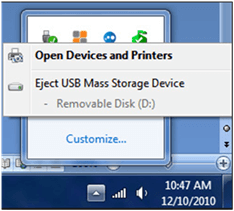
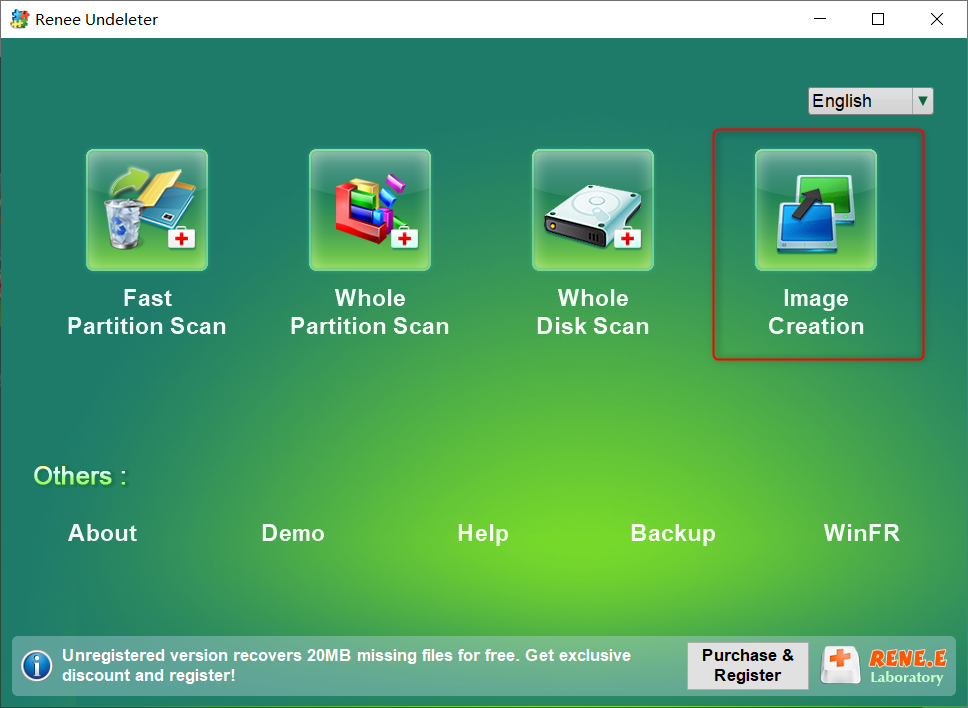

Easy to use Only simple steps to recover data from storage devices.
Multiple scan modes Fast partition scan, whole partition scan and whole disk scan for different recovery needs.
File types Support to recover pictures, videos, audios, documents, mails, etc.
Supported storage devices Recover data from recycle bin, SD card, external disk, etc.
Supported systems Windows 10, 8.1, 8, 7, Vista, XP, 2000 and Mac OS X10.6, 10.7, 10.8.
Easy to use Only simple steps to recover data from storage devices.
Multiple scan modes - 3 scan modes for different recovery needs.
Supported storage devices Recover data from recycle bin, SD card, external disk, etc.
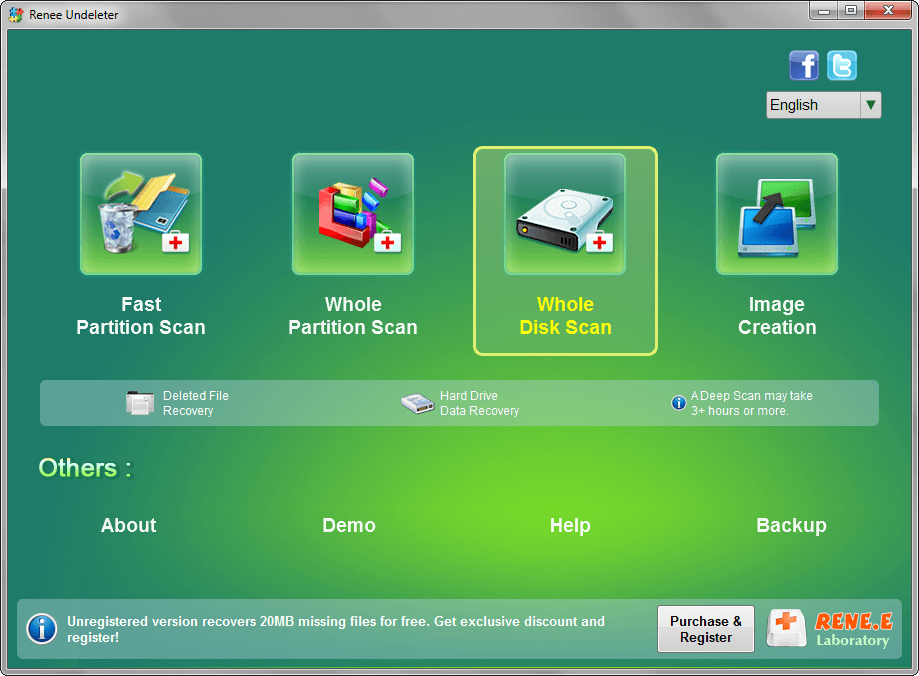
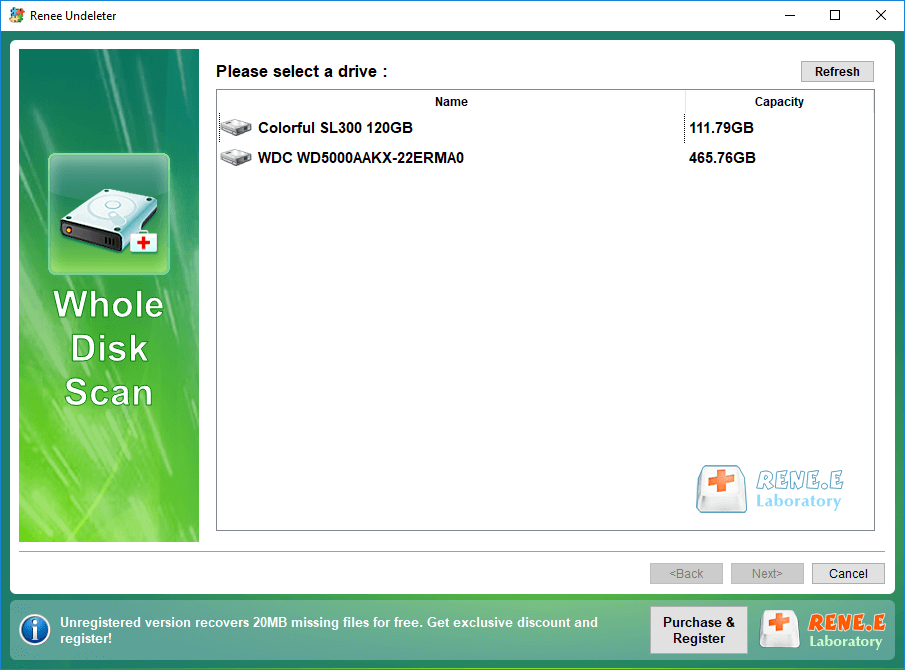
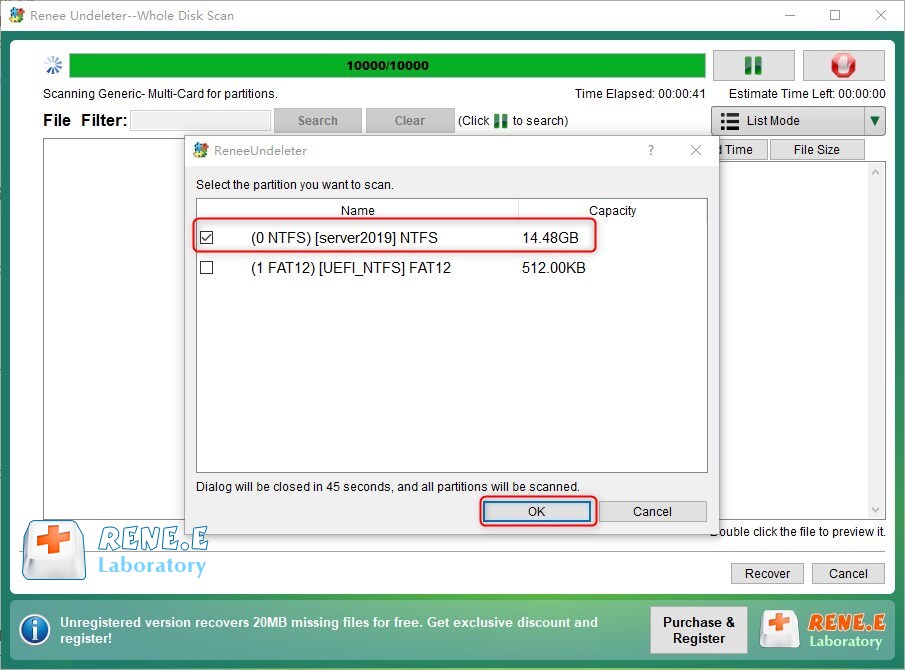

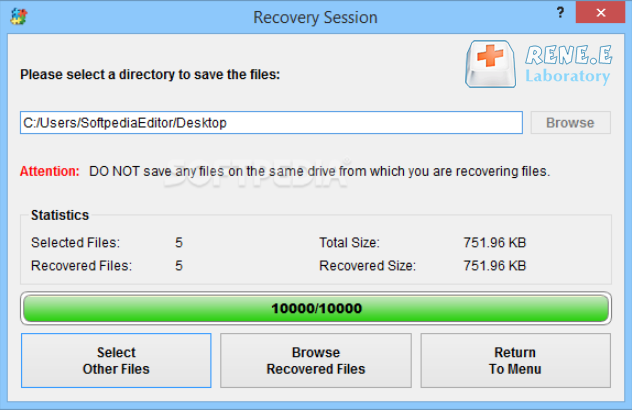
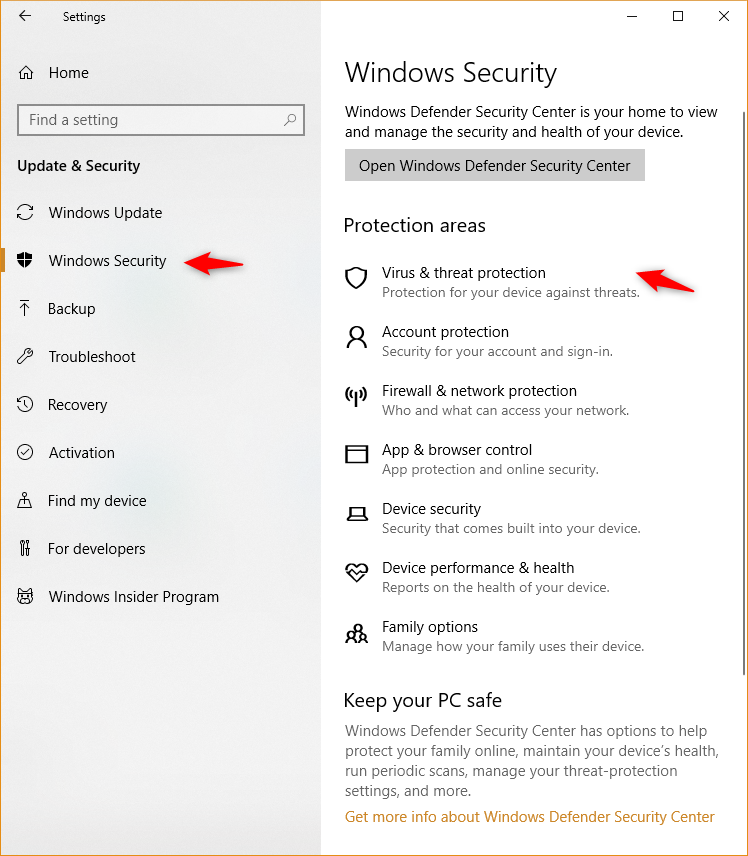
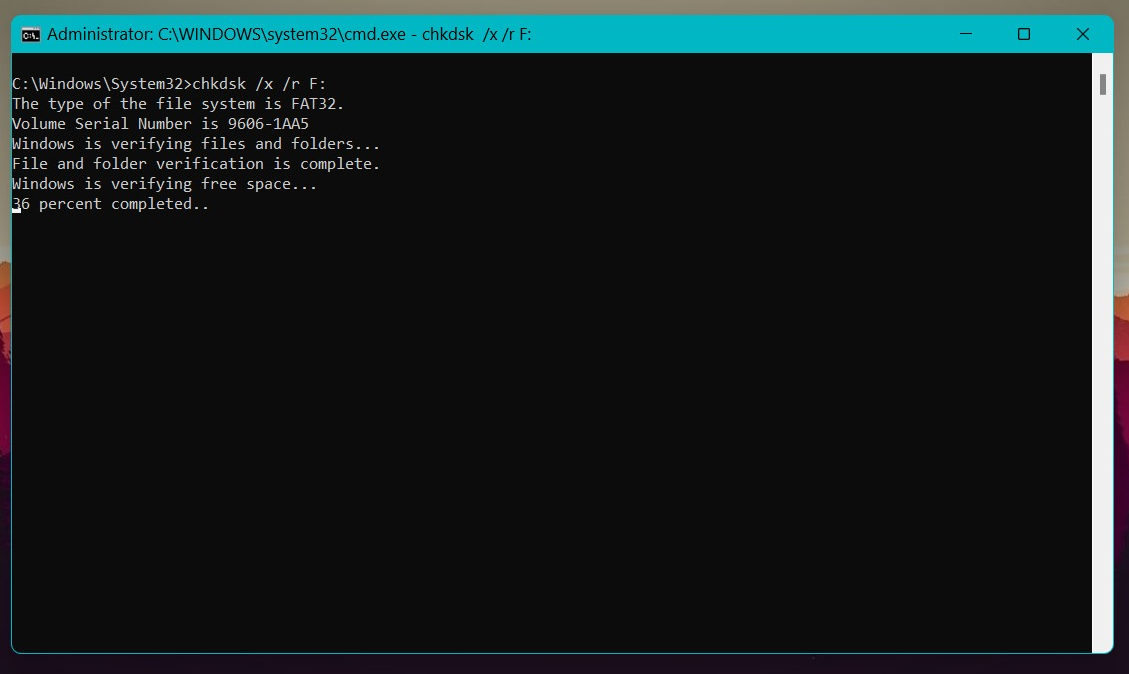
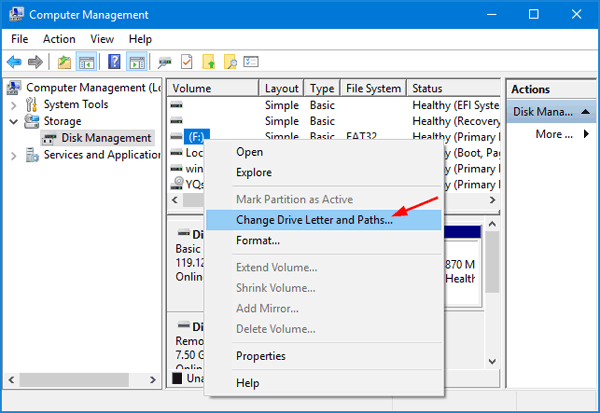
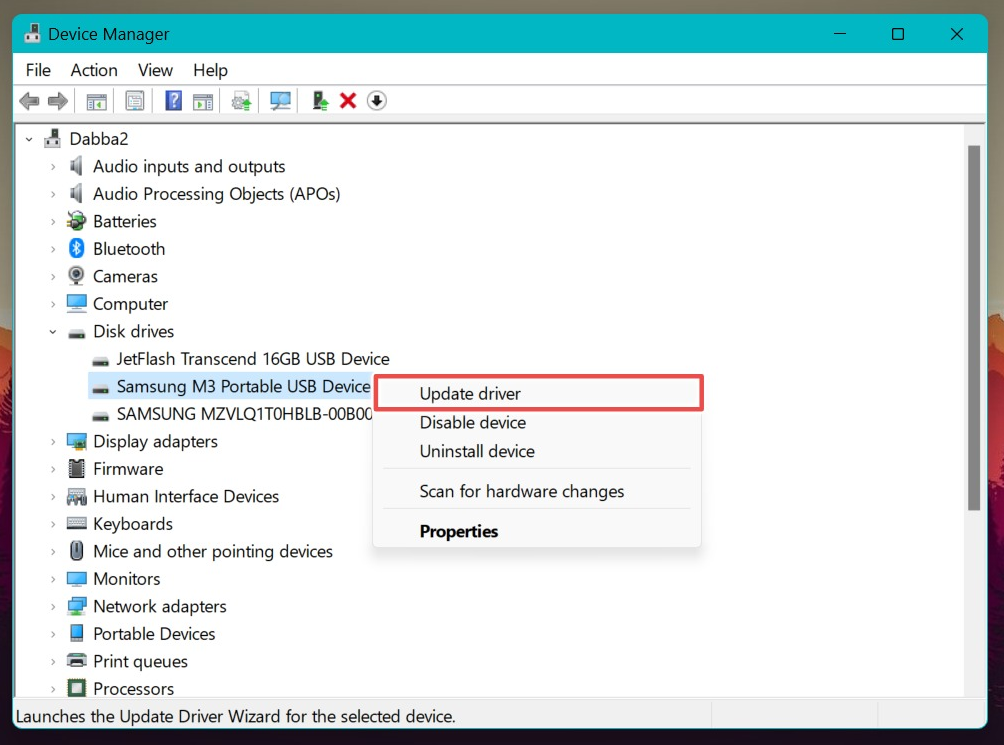
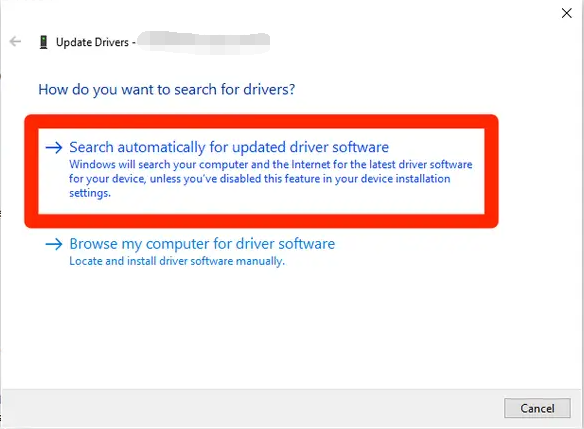

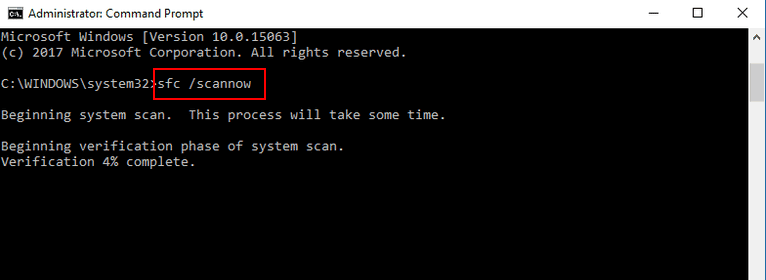

Easy to use Only simple steps to recover data from storage devices.
Multiple scan modes Fast partition scan, whole partition scan and whole disk scan for different recovery needs.
File types Support to recover pictures, videos, audios, documents, mails, etc.
Supported storage devices Recover data from recycle bin, SD card, external disk, etc.
Supported systems Windows 10, 8.1, 8, 7, Vista, XP, 2000 and Mac OS X10.6, 10.7, 10.8.
Easy to use Only simple steps to recover data from storage devices.
Multiple scan modes - 3 scan modes for different recovery needs.
Supported storage devices Recover data from recycle bin, SD card, external disk, etc.
Relate Links :
How to Recover Data from an exFAT Drive on Windows 10
23-09-2024
Amanda J. Brook : The article discusses the process of recovering data from an exFAT Drive on Windows 10 using third-party recovery...
Recovering a Formatted Partition: A Comprehensive Guide
01-09-2024
John Weaver : The article discusses the possibility of recovering data from a formatted partition, particularly focusing on the differences between...
How to Recover Data from an Uninitialized Disk Without Further Damage
29-08-2024
Ashley S. Miller : When a hard drive becomes uninitialized, it becomes inaccessible via Windows Explorer, often due to logical or physical...
How to Recover Permanently Deleted Videos: A Step-by-Step Guide
28-11-2023
Amanda J. Brook : Learn how to recover permanently deleted videos with this comprehensive guide. From common causes of video loss to...
- Recover Files Before Fixing the Corrupted External Hard Drive
- Create an Image of the corrupted Hard drive if possible
- Using Renee Undeleter for Data Recovery
- How to Fix a Corrupted External Hard Drive on Windows Without Formatting
- Method 1: Scan for viruses
- Method 2: Use chkdsk
- Method 3: Change the drive letter
- Method 4: Update the Drivers
- Method 5: Run an SFC scan
- Conclusion






